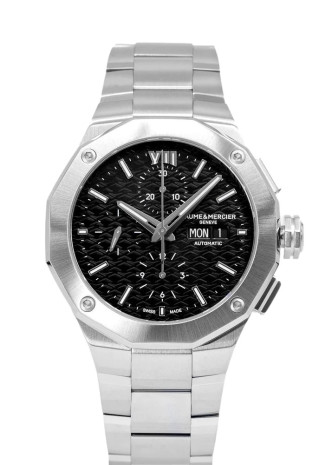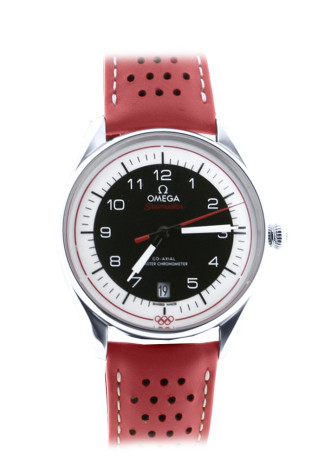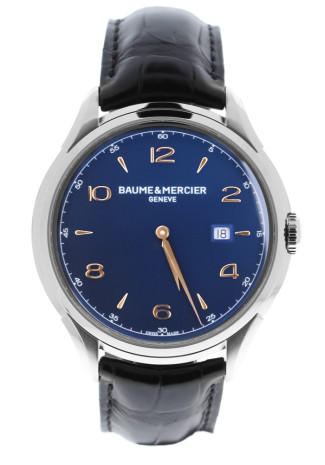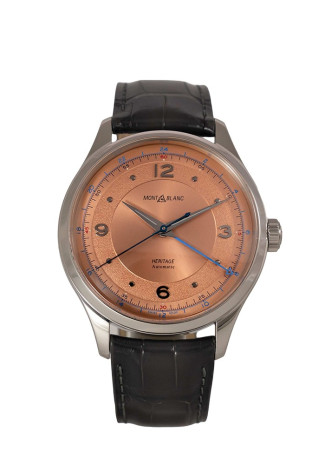Delving into the inner workings of a mechanical watch often reveals tiny, mysterious purple jewels nestled amidst the intricate steel components. These jewels, commonly synthetic rubies today, play a vital role in the functionality and longevity of the timepiece, but their presence and purpose can perplex those new to horology.

Cose up and diagram of a cap jewel.
These jewels, originally crafted from natural gemstones like rubies and sapphires in past centuries, now serve a pivotal function in reducing friction within mechanical watch movements. As metal components interact and oil breaks down over time, these friction points can lead to rapid wear and tear, necessitating extensive watch repairs. The introduction of jewels at these critical friction points drastically mitigates this wear, as the hardness of the stones enables them to endure the stress of constant contact, surpassing the durability of metal components.

However, the incorporation of jewels in watch movements also amplifies the complexity and cost of crafting these intricate timepieces. Each jewel embedded within the movement increases the number of components, thus elevating the overall intricacy of the watch. Consequently, a watch with a higher count of jewels is often accompanied by a higher price tag, reflecting the meticulous craftsmanship and precision engineering involved in its creation. Ultimately, while the presence of these jewels may puzzle at first glance, their inclusion serves as an ingenious method to enhance both the functionality and durability of mechanical watches, albeit at an increased cost.






